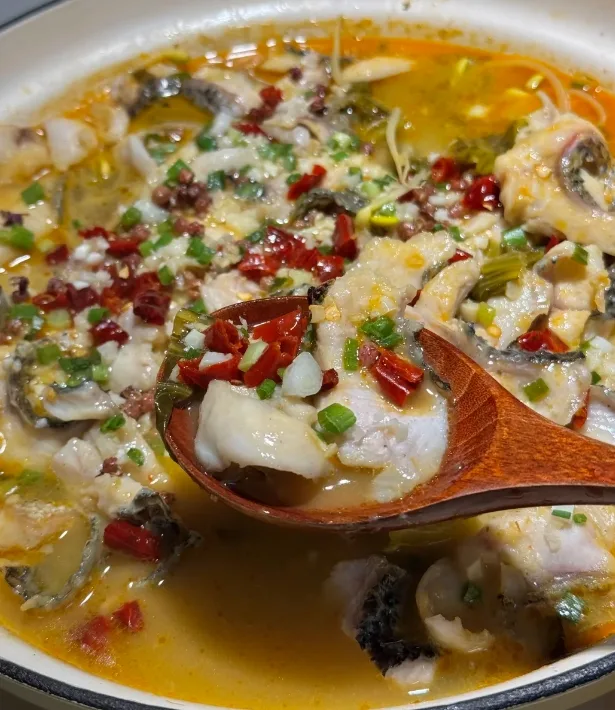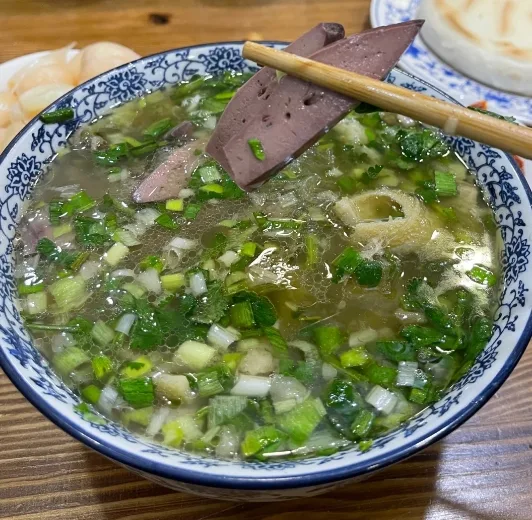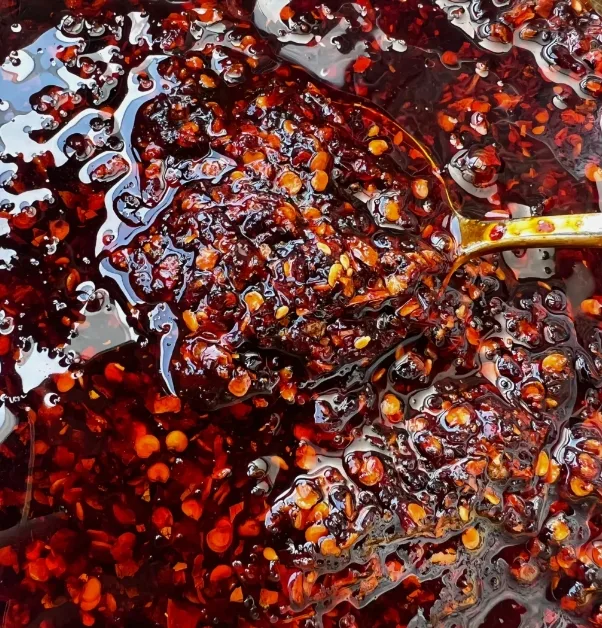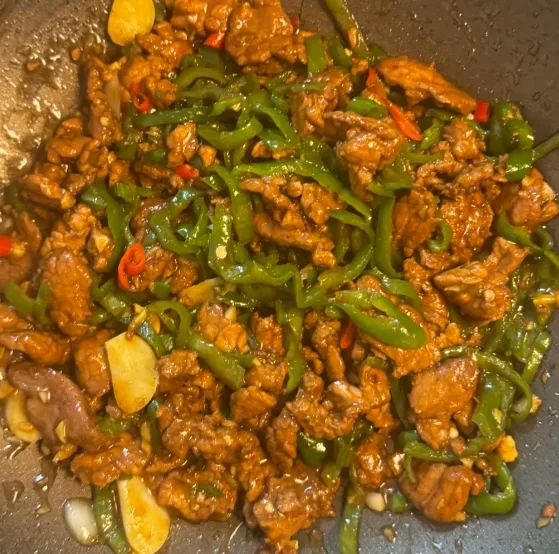As a food enthusiast for tourism, my company sent me to Shenzhen just a few days ago.
Beauty and busyness – Shenzhen, “Beautiful city, busy people” is my feeling while staying in Shenzhen!!
Let me tell you a little secret, Shenzhen has always been jokingly referred to as the ‘food desert’. As long as you truly step into the streets and alleys of this city, you will find that there is actually a rich and diverse food map hidden here. From traditional Lingnan flavors to innovative fusion dishes, from street snacks to intangible cultural heritage feasts, Shenzhen’s cuisine precisely reflects its inclusive urban temperament.
Classic Sign:It’s Shenzhen’s business card
Bright Roast squab
The bright Roast squab, known as “the best pigeon in the world”, has been famous in Guangdong, Hong Kong and Macao since the 1980s. The most authentic way of eating is the “Bright Hotel”. Roast squab is soaked in brine and fried at high temperature. Its skin is as crisp as paper. Its meat is tender and juicy, and even its bones taste delicious. It is not only a delicacy, but also carries the memories of several generations of Shenzhen people.
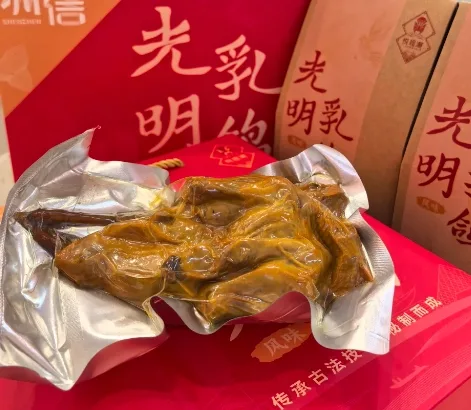
Shajing oysters
The history of oyster farming in Shajing, Shenzhen can be traced back to the Song Dynasty and is a national geographical indication product. Shajing oysters have tender and nutritious meat, and are known as the “glass belly”. Whether it is charcoal grilling, crisp frying or oyster Congee, it can show its extreme delicacy. In autumn and winter, a plate of golden crispy oyster sauce is the most authentic enjoyment for Shenzhen people.
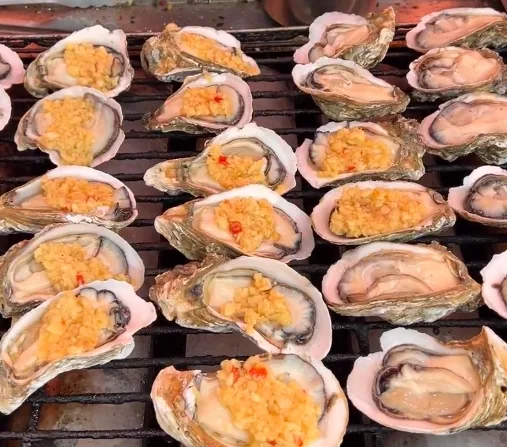
Nanshan lychee
Riding on the Red Dust Concubine Laughing, no one knows it’s lychee. Nanshan in Shenzhen is one of the important lychee producing areas in China, with varieties such as Guiwei and Nuomi Ci having thick flesh and small pits, and a sweet taste with a hint of sourness. Every June and July, around the Litchi Festival, freshly picked and eaten lychees become a common summer memory for people in Shenzhen.
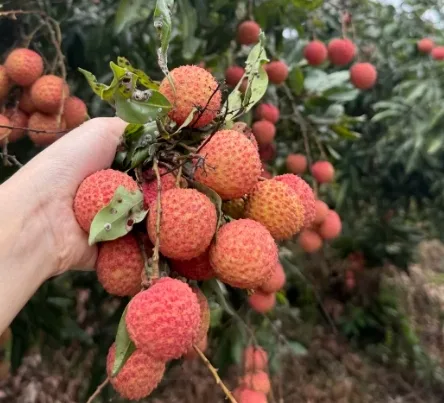
Authentic flavor: soul delicious
Coconut Chicken
Although the ingredients come from Hainan, coconut chicken is indeed an “original dish” that has spread nationwide in Shenzhen. Boil Wenchang chicken with coconut water. The soup is sweet, tender and smooth. It is refreshing and not greasy when paired with ginger and tangerine dip. Brands such as Runyuan Four Seasons and Tongren Four Seasons have promoted it nationwide, becoming representative works of Shenzhen cuisine.

Braised Pork Knuckle Rice
In Shenzhen, ‘a bowl of pork trotter rice, eating men’s romance’. Soft glutinous pork feet with bones removed, together with a spoonful of rich sauce and Soy egg vegetables, are simple but warm. From small stalls in urban villages to chain brands, it is a symbol of the coexistence of speed and fireworks in Shenzhen.
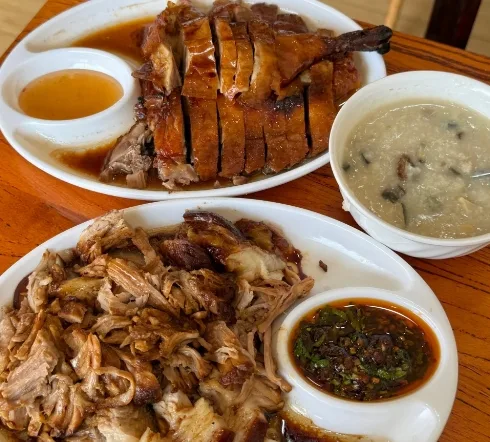
Dapeng Kiln Chicken
Originating from the Dapeng Peninsula, the kiln chicken is the crystallization of Hakka wisdom. Wrap the marinated Three Yellow Chicken with tin foil and bury it in a high-temperature soil kiln for braising. When it comes out of the oven, the aroma is strong, and the chicken is tender, smooth, and juicy, with a unique aroma of firewood. It is the most simple gift between mountains and seas.

Intangible Cultural Heritage and Tradition: Cultural Inheritance
Xia Sha Da Pen Cai
Originating from the Southern Song Dynasty, Xiasha Dapen Cai is a provincial-level intangible cultural heritage. Fifteen types of ingredients are stacked layer by layer, with chicken and duck on the top layer, symbolizing “birds returning to their nests” and symbolizing reunion, wealth, and prosperity. In the past, it was only enjoyed during festivals and weddings, but now you can still experience the authentic big pot banquet in Xiasha, Futian.
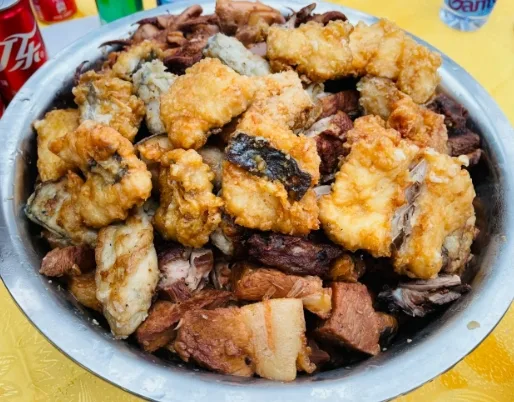
Nan’ao sea urchin zongzi
Unlike traditional meat zongzi, people in Nan’ao wrap fresh sea urchins with glutinous rice, pork belly, and shrimp in awns and leaves. The freshness and sweetness of sea urchins blend with the oiliness of their meat, making them salty, fragrant, and soft. In 2018, they were listed as intangible cultural heritage of Shenzhen.

Gongming roasted goose
Originating from Gongming Street in Guangming District, roasted goose has a history of nearly a hundred years. Black brown geese are selected and roasted in traditional stoves, with crispy and shiny skin and firm meat. Dipped in sour plum sauce, the taste is plump but not greasy, making it the pinnacle of Cantonese roasted meat.
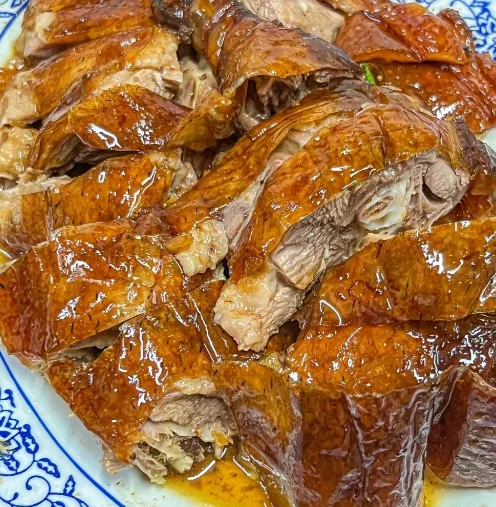
Hakka stuffed tofu
There are many local Hakka people in Shenzhen, and Stuffed tofu is one of the representative dishes. Embedding pig meat filling into tofu, frying it first and then simmering it, the aroma of beans and meat interweaves, simple yet warm, which is a home style taste for many Shenzhen people from snacks to big ones.
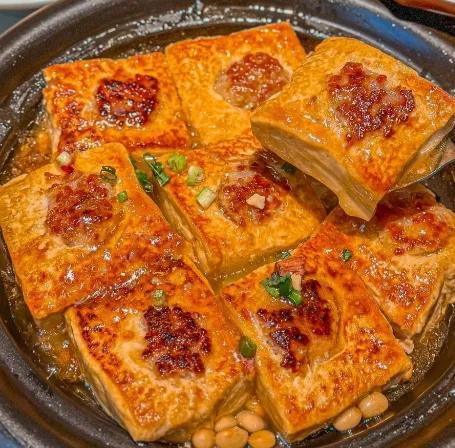
Shenzhen’s cuisine and snacks are just like this city – young yet rich in heritage, diverse and innovative. It may not have neighborhoods with century old shops, but the flavors hidden in the city well truly record the growth of the city and the joys and sorrows of the people.

